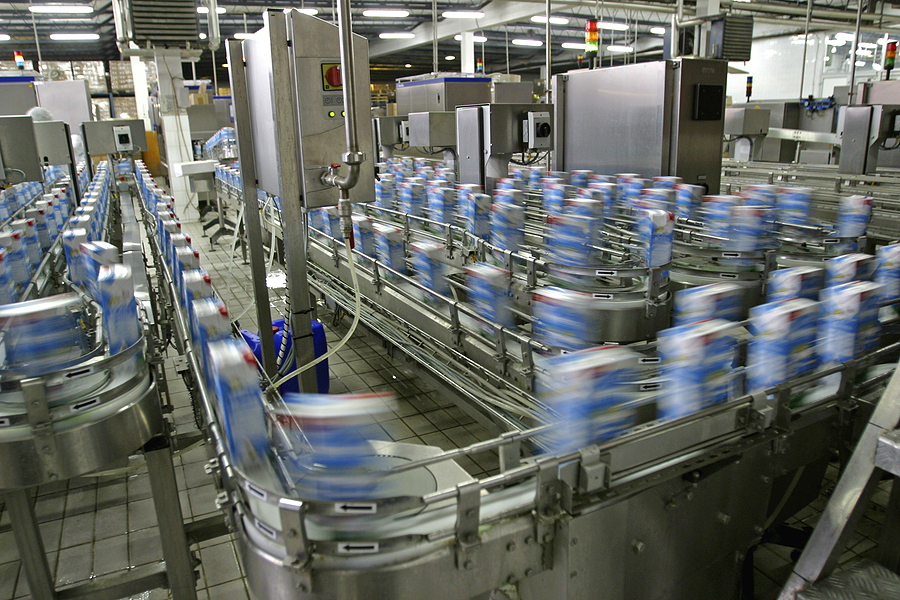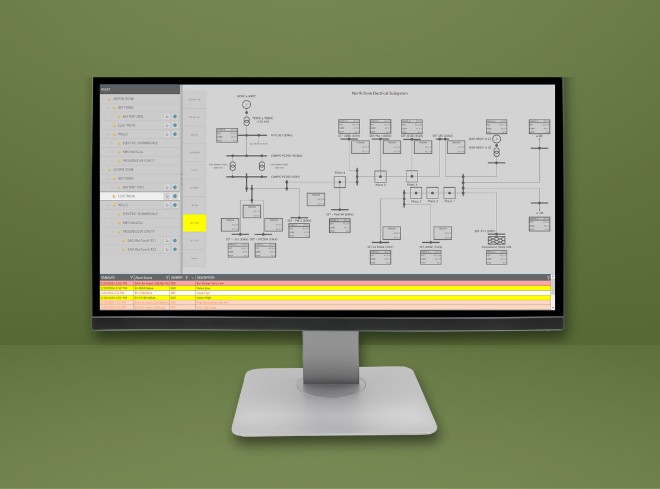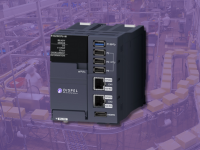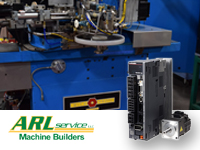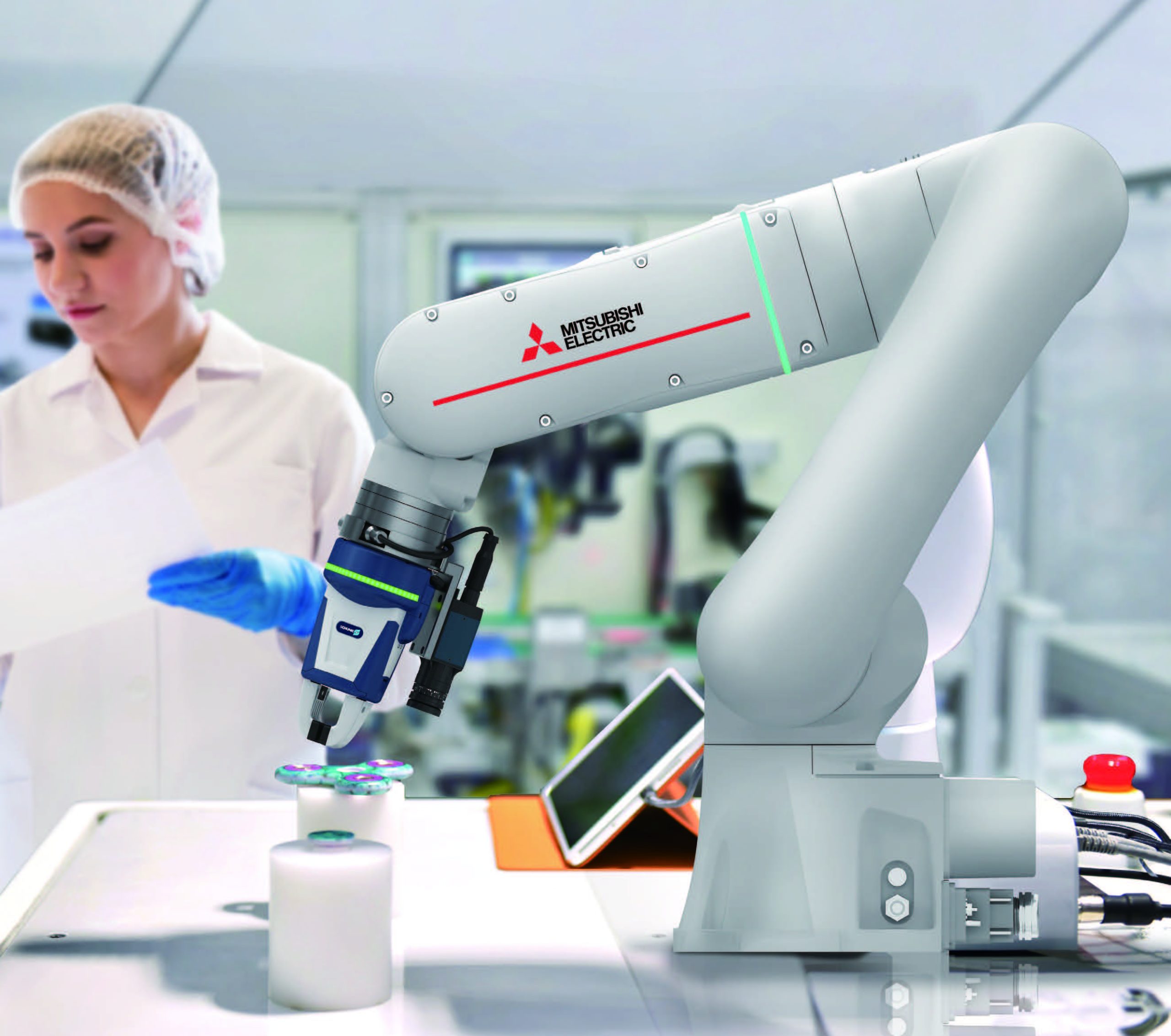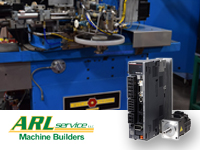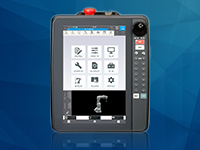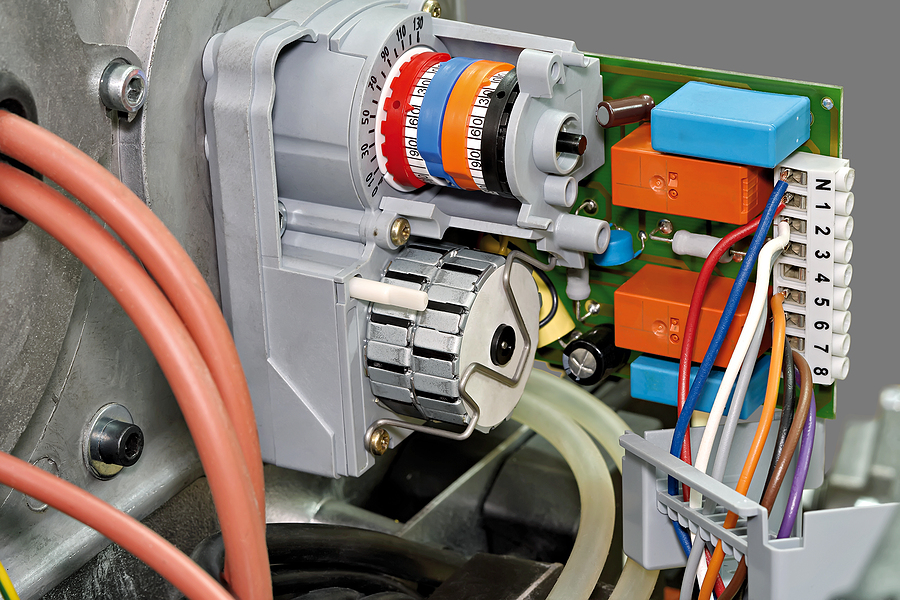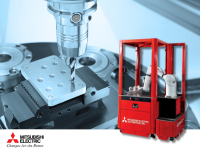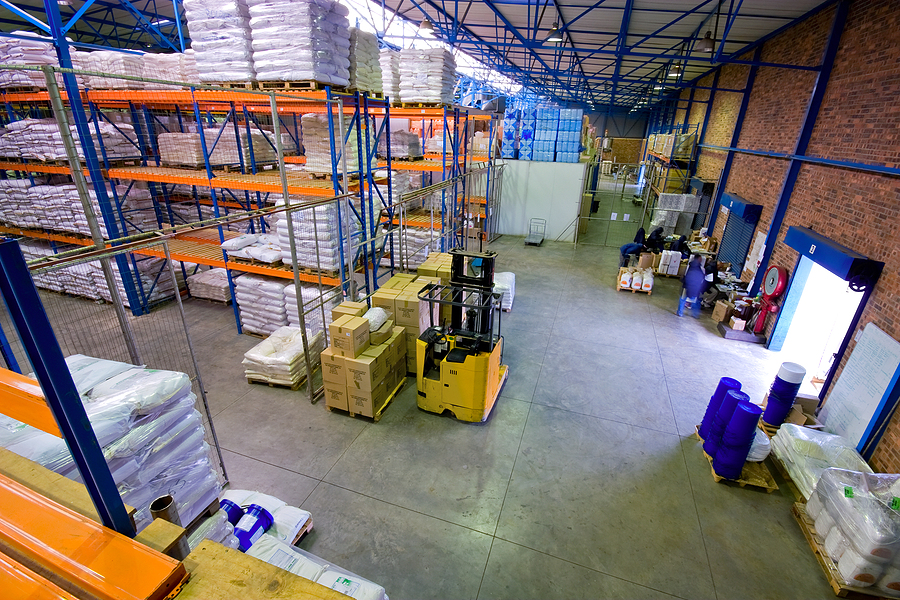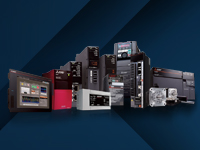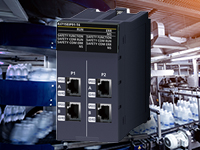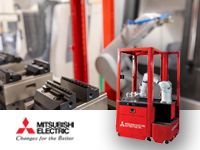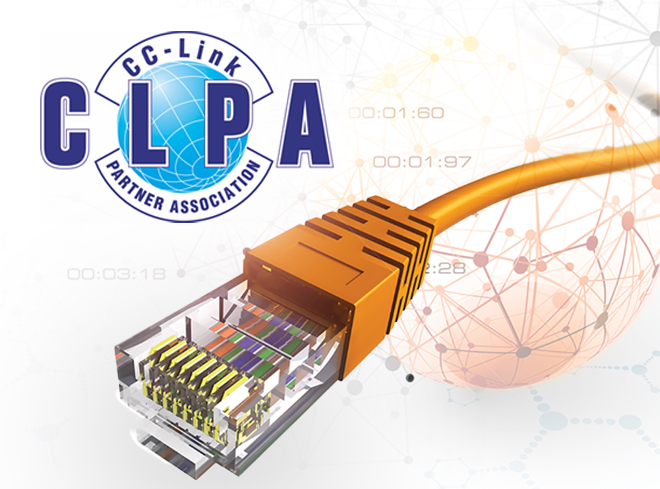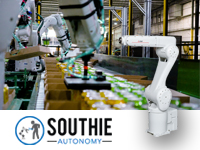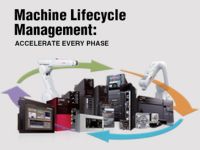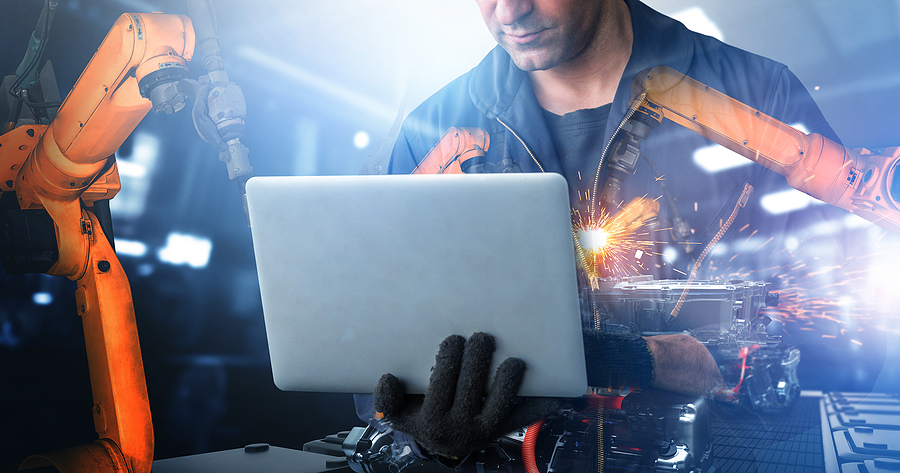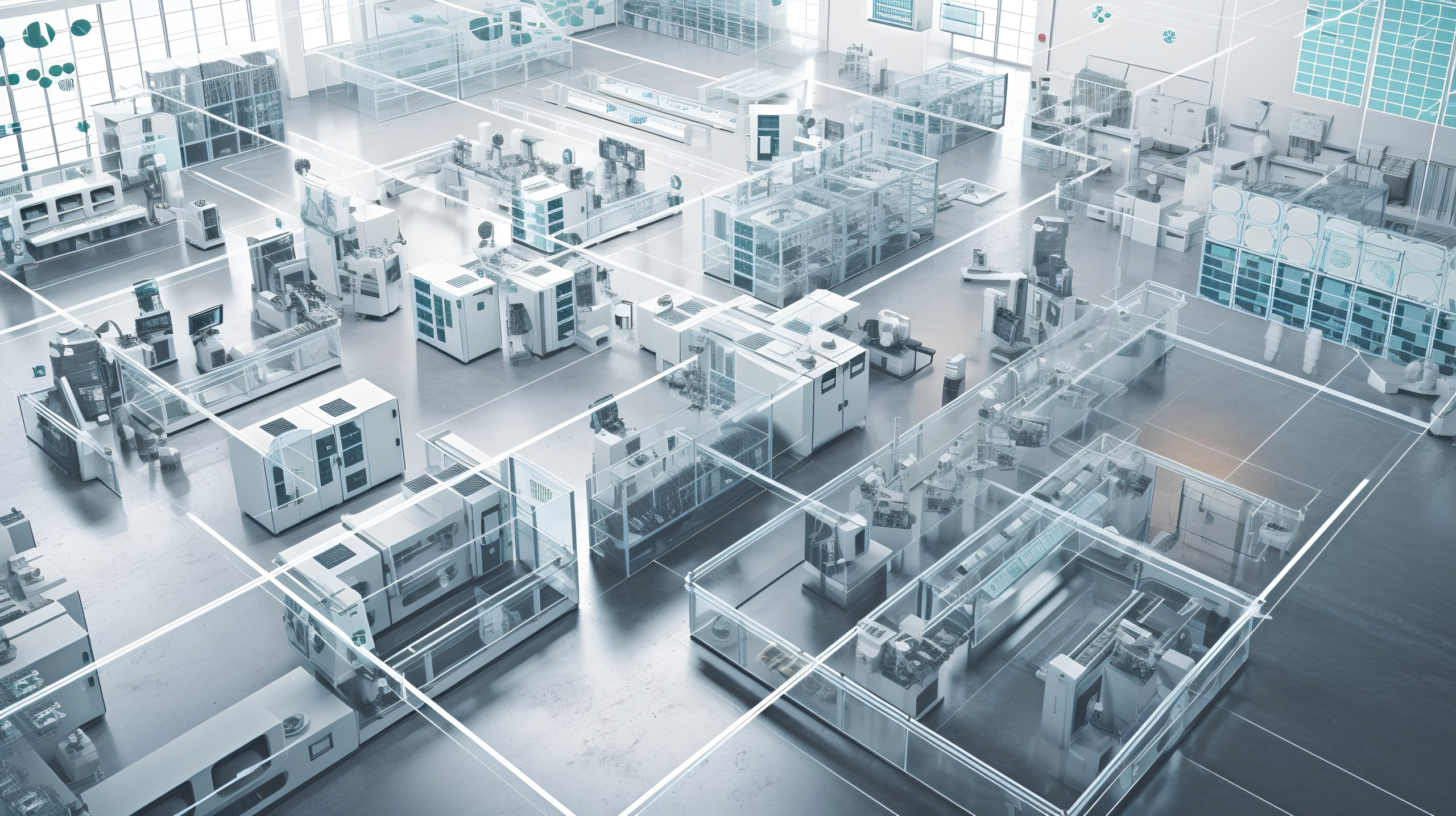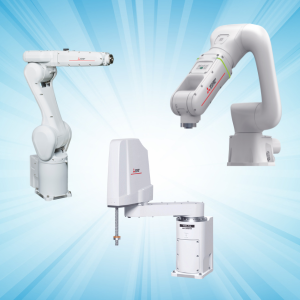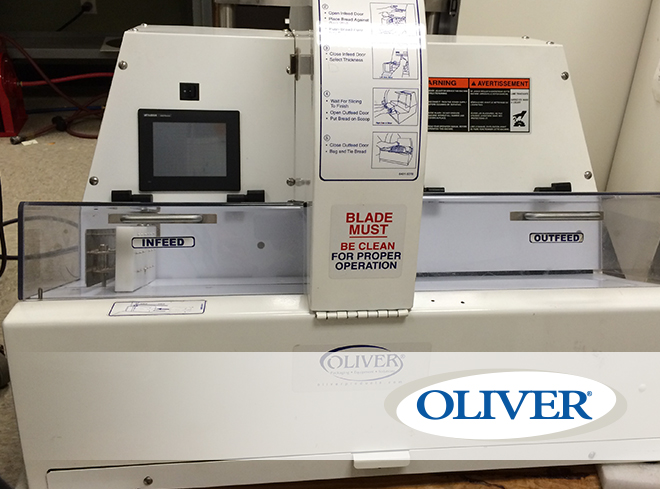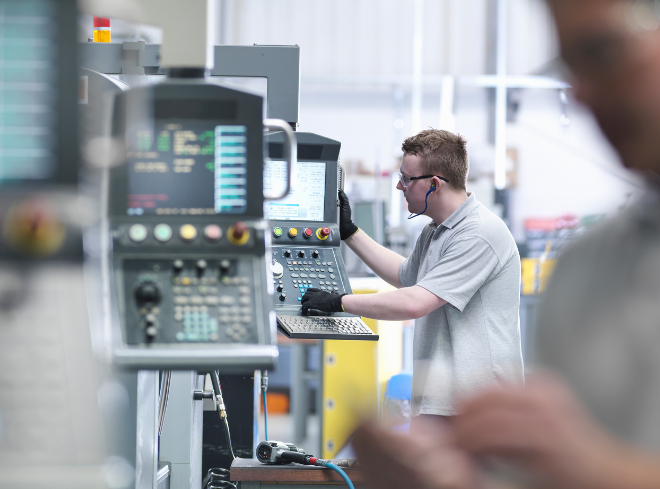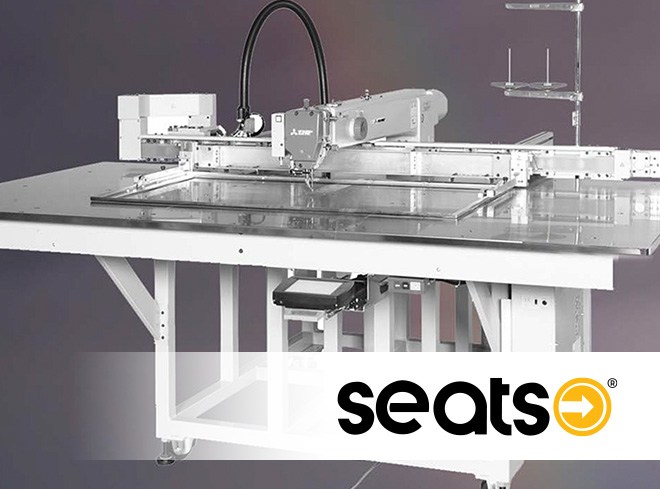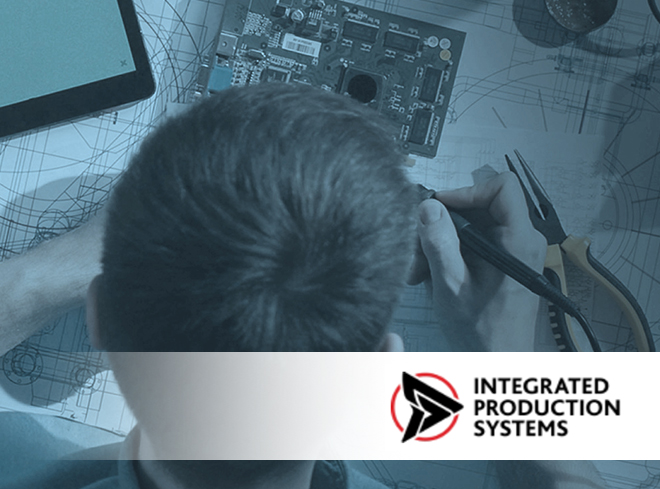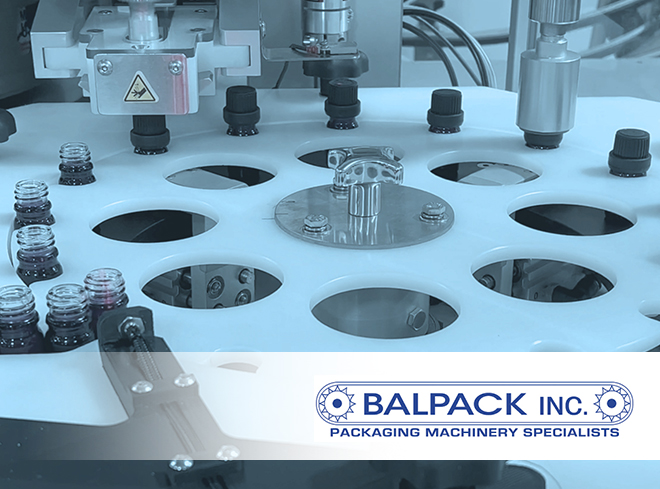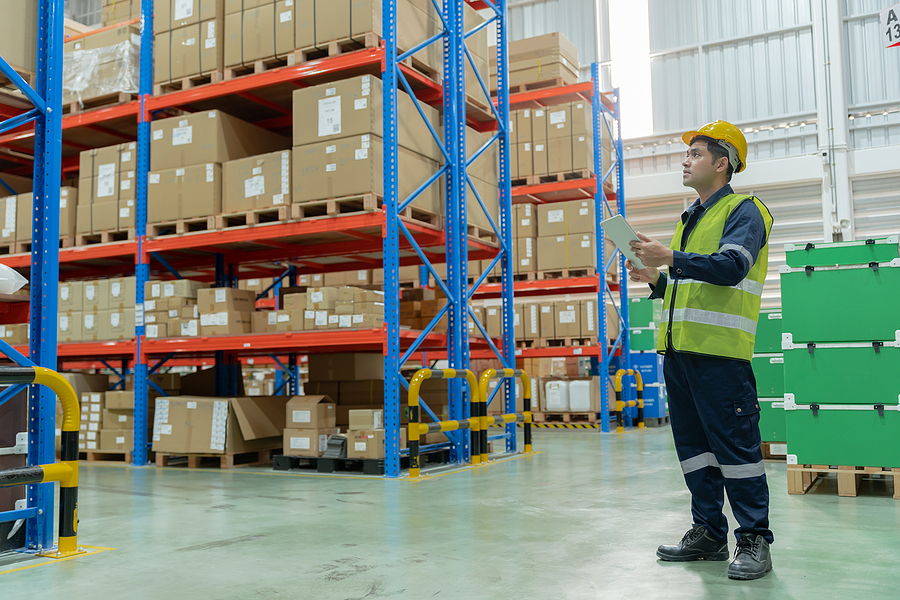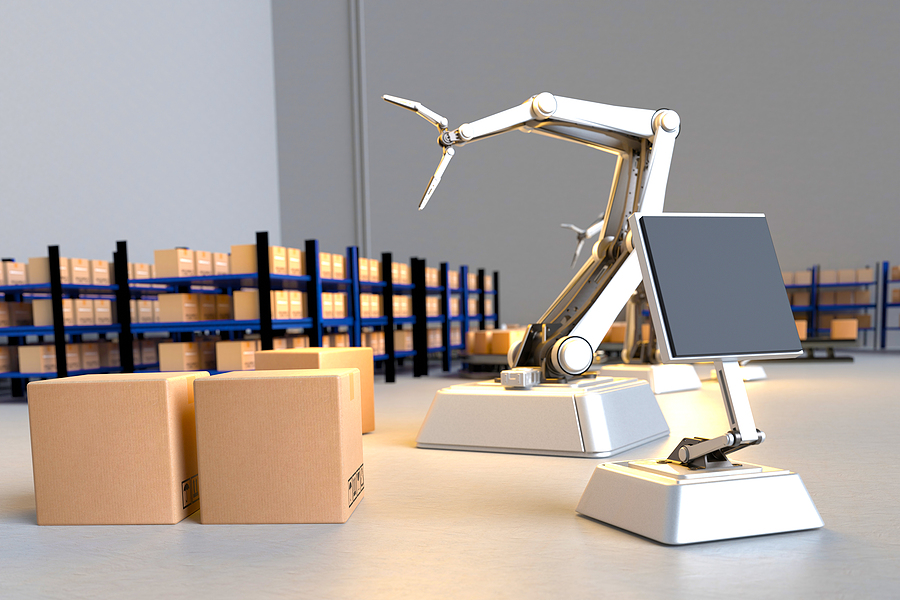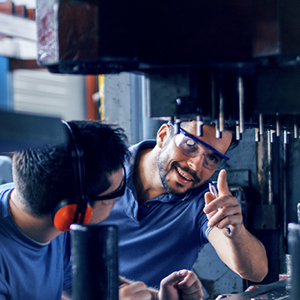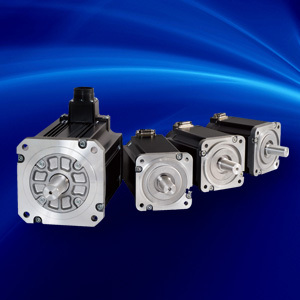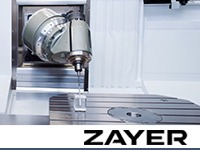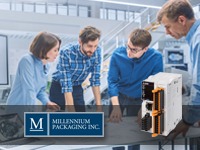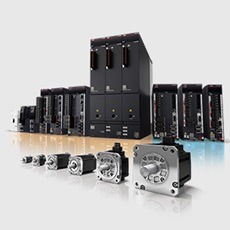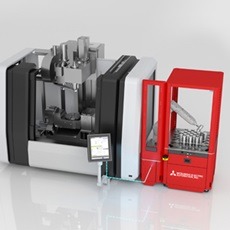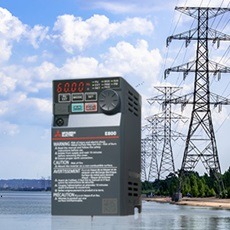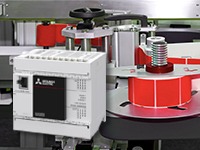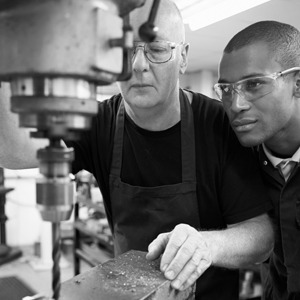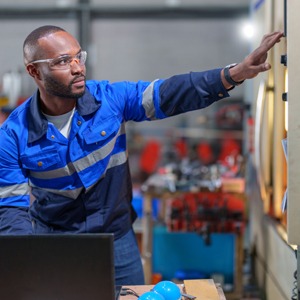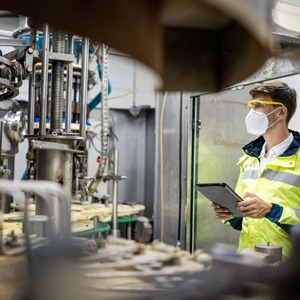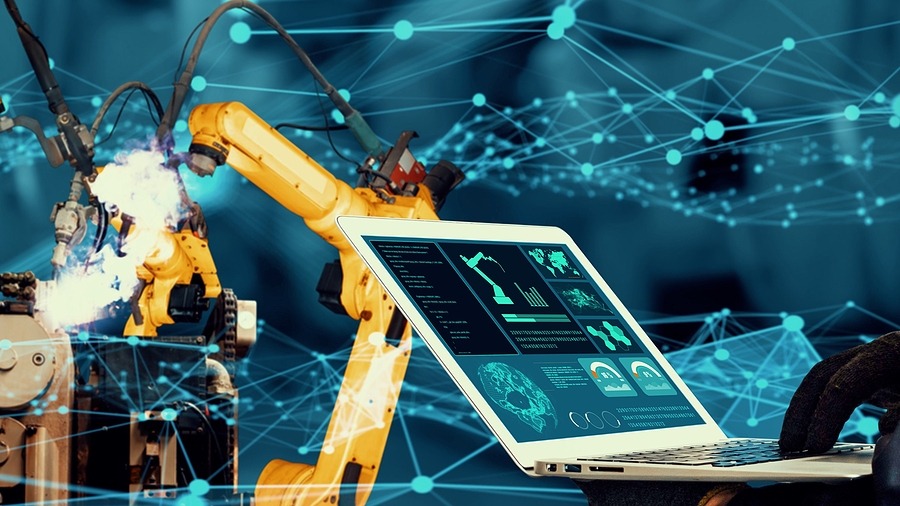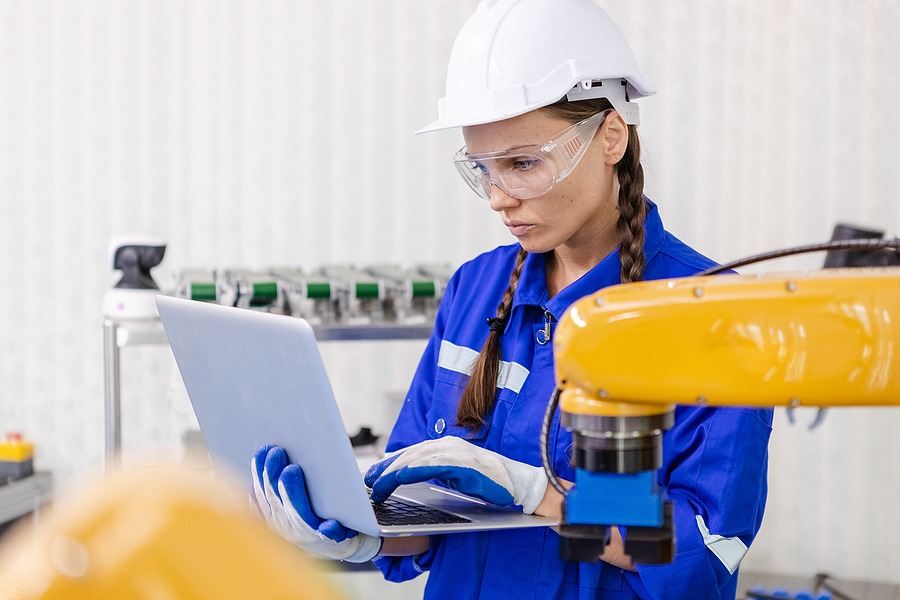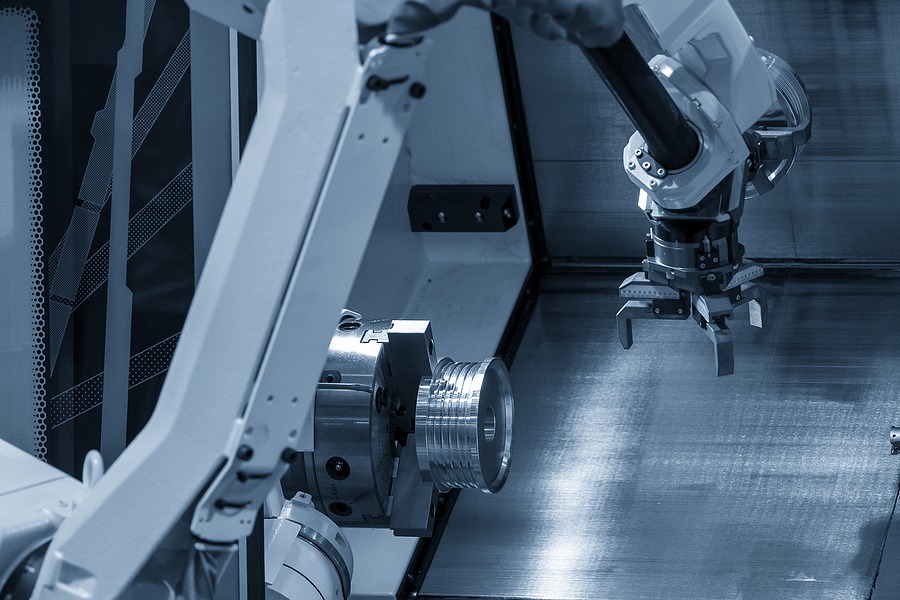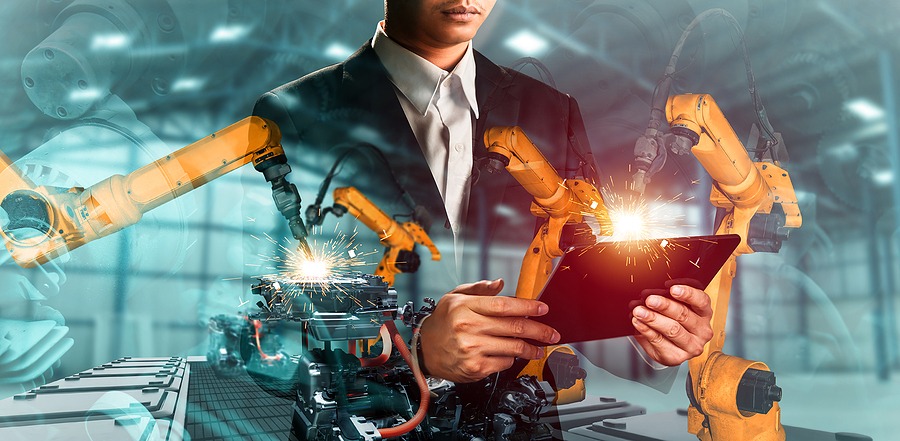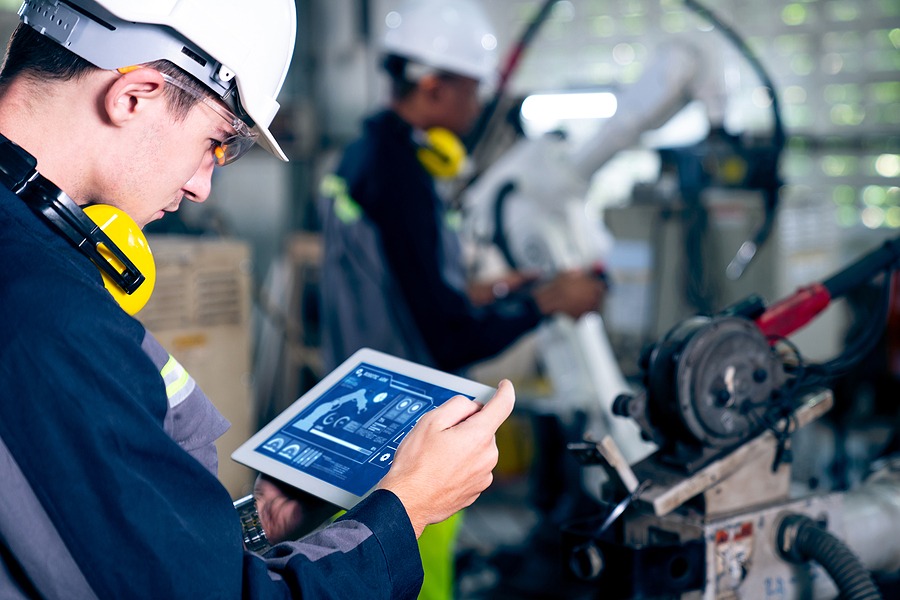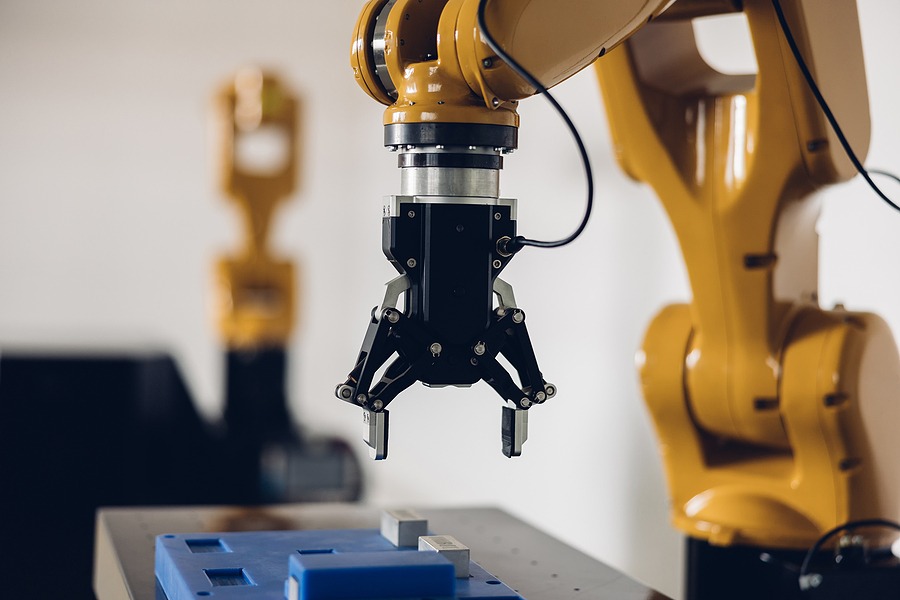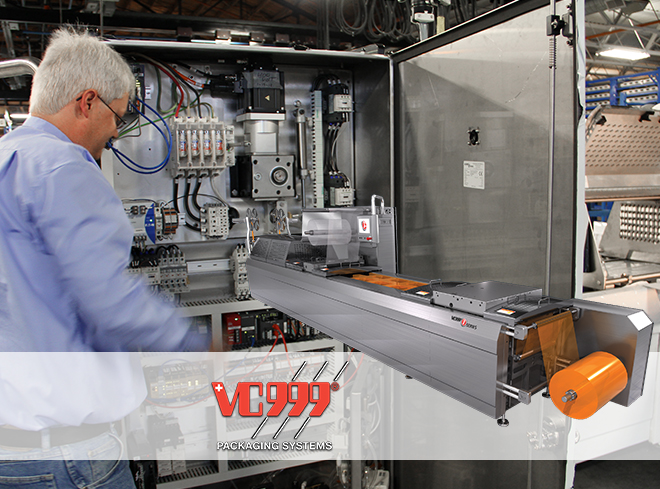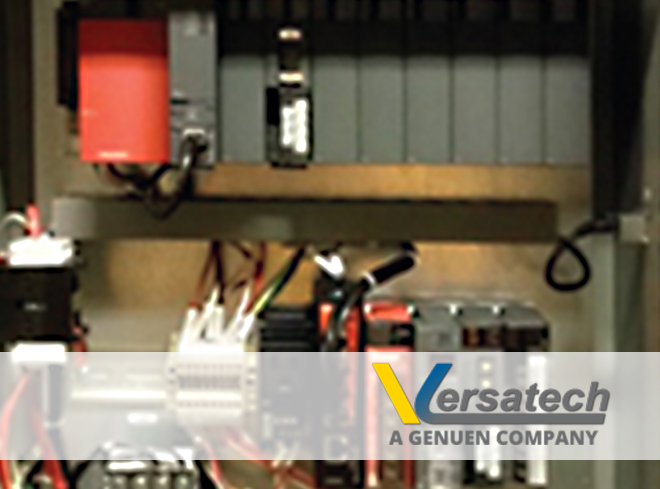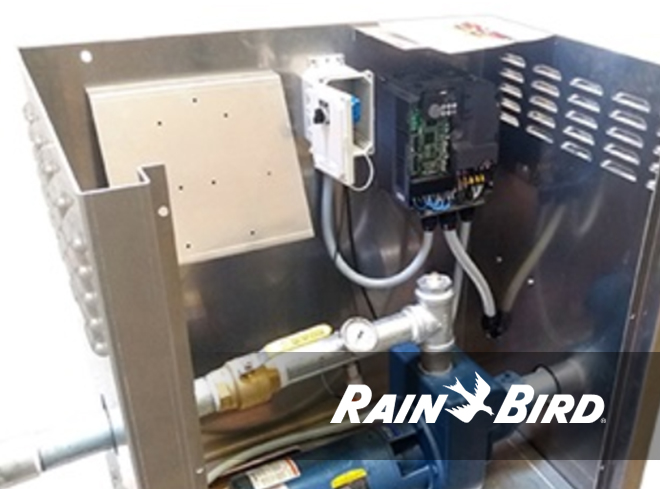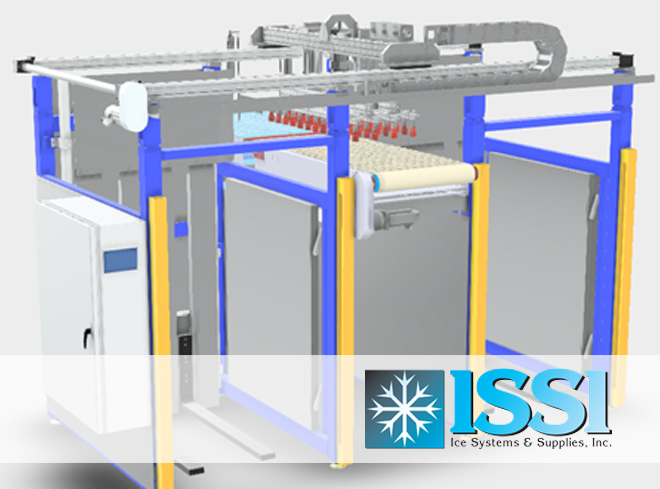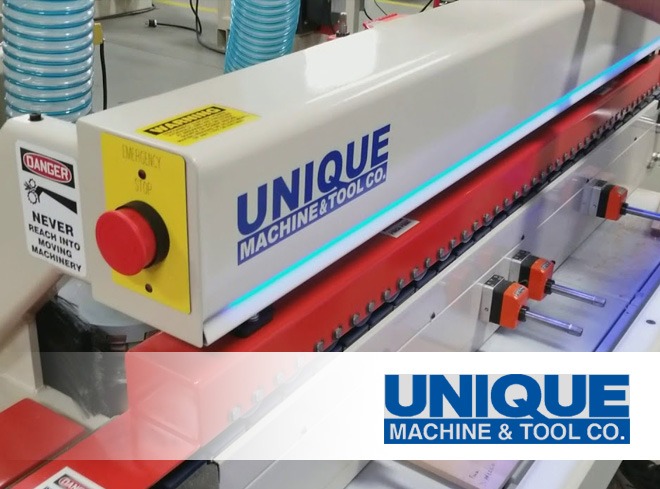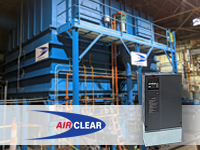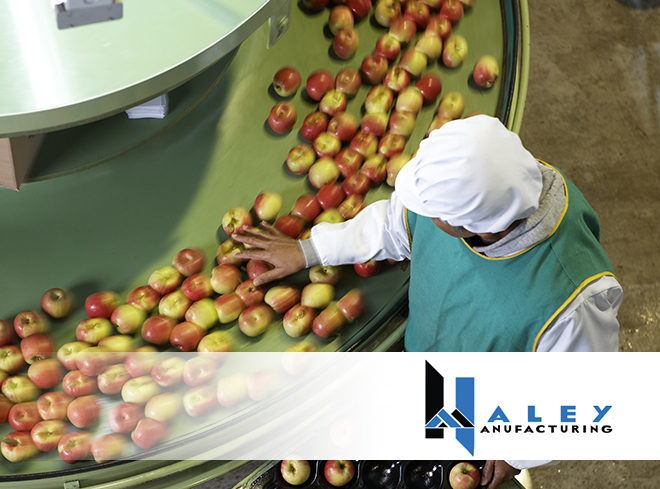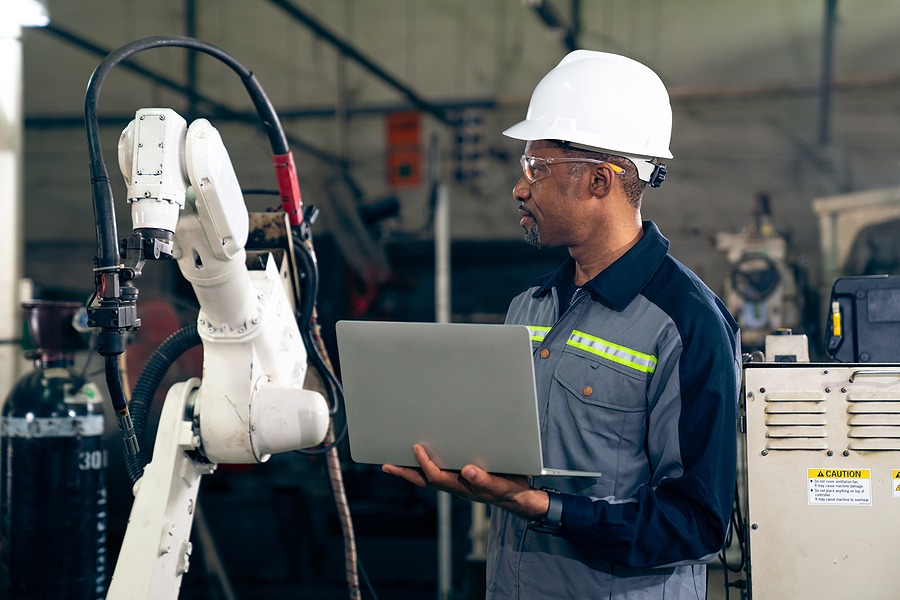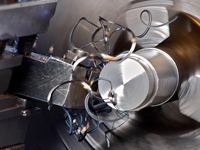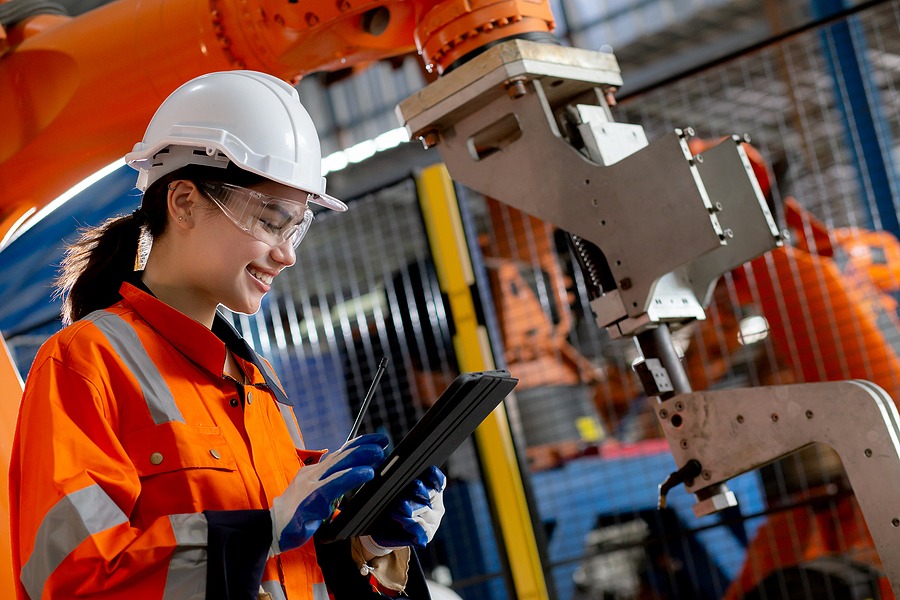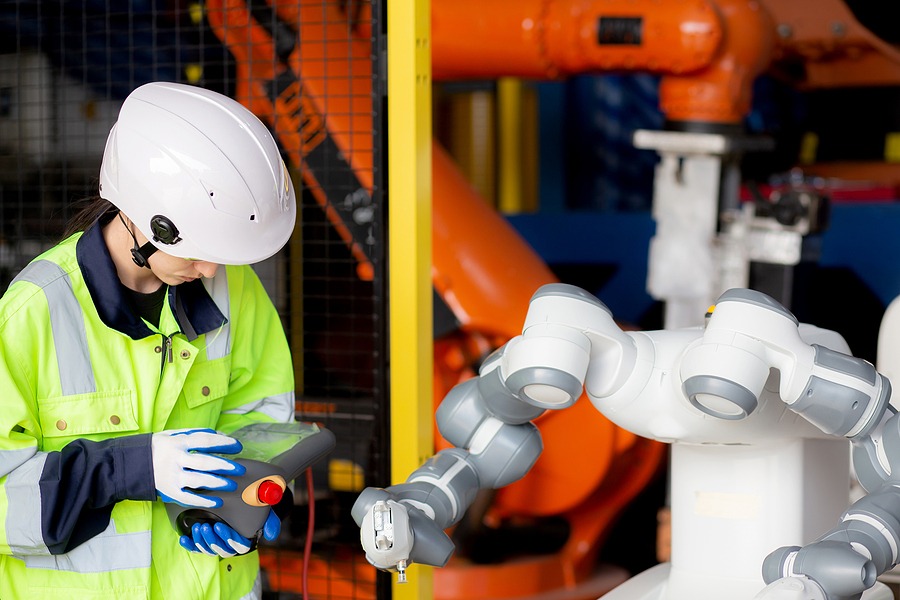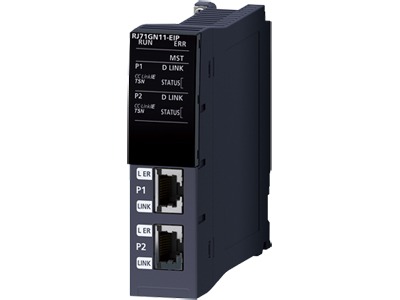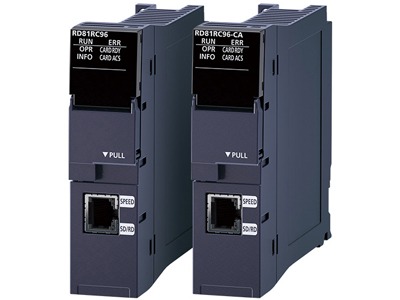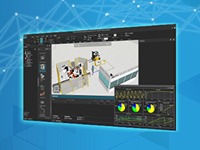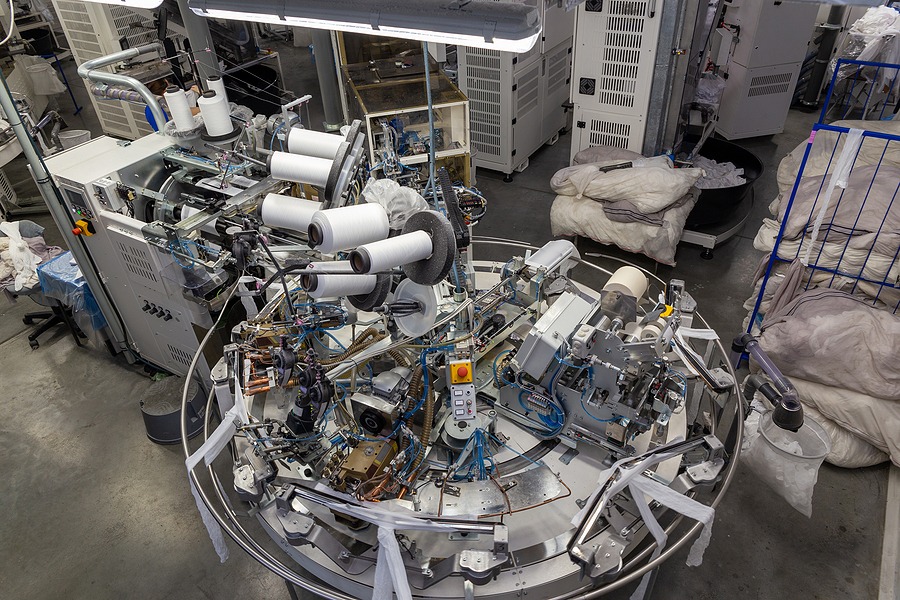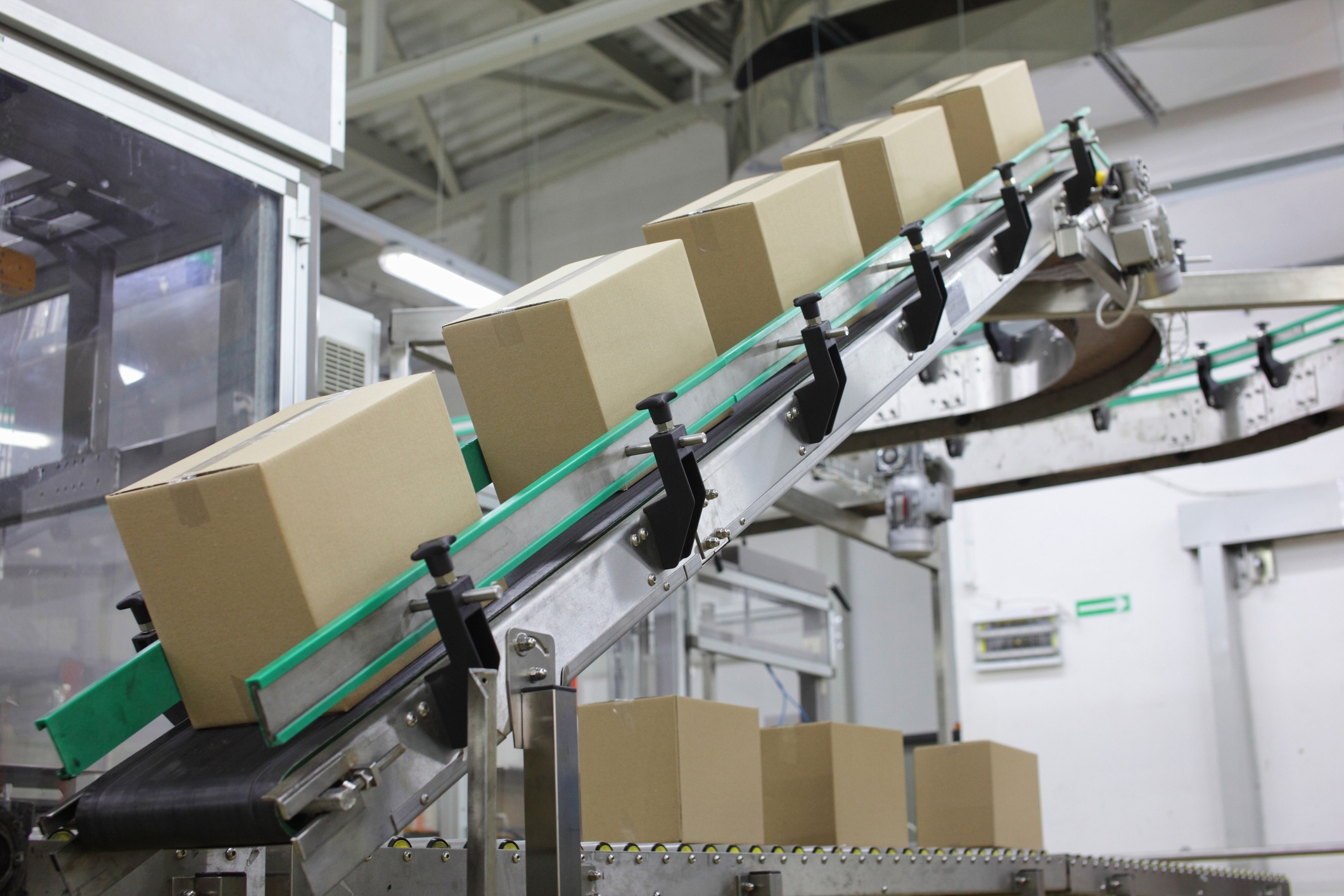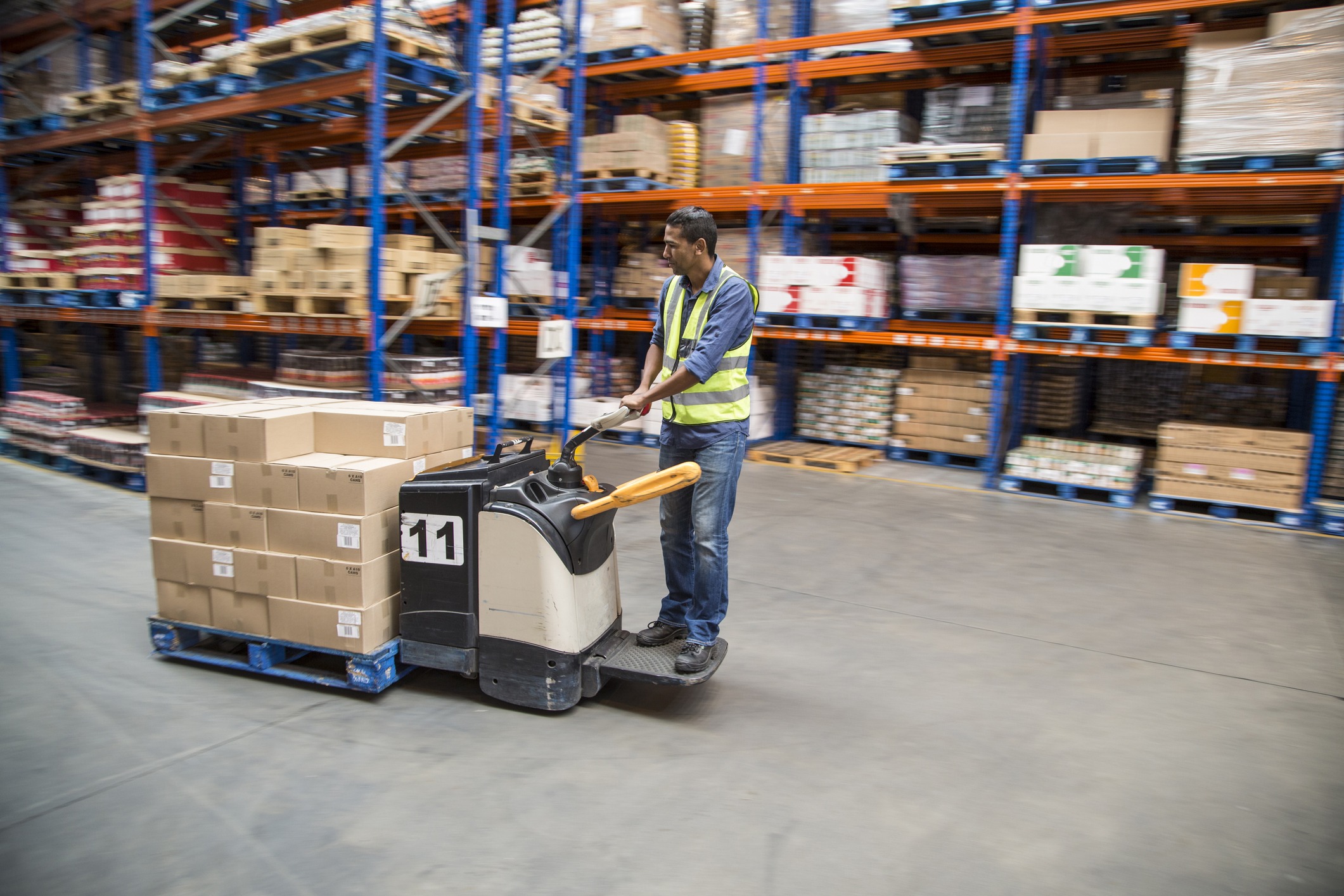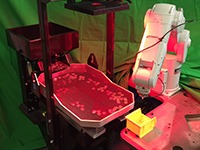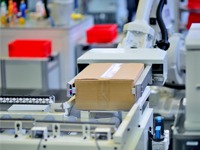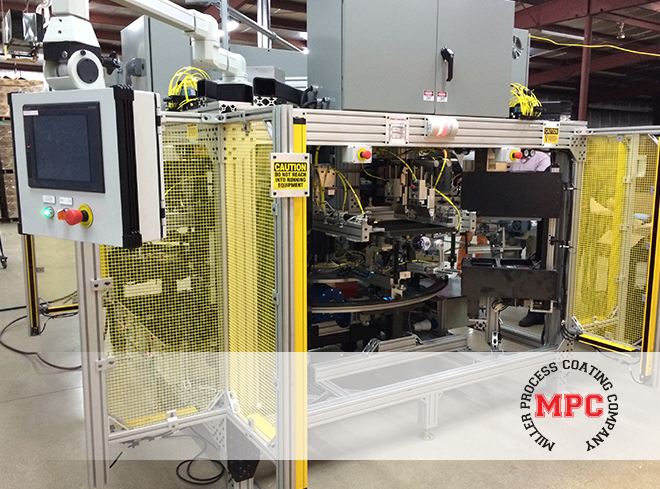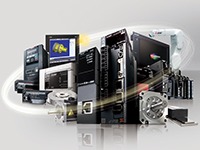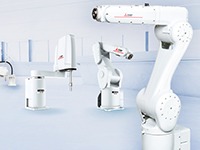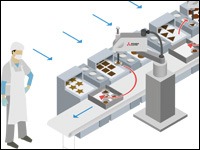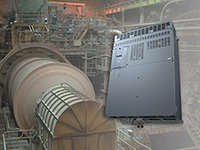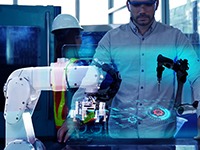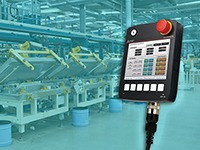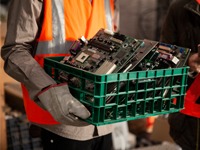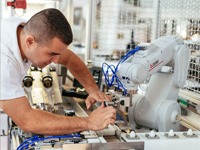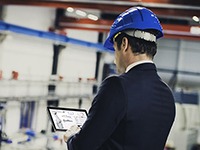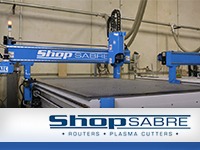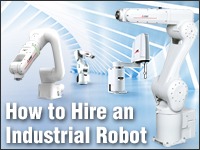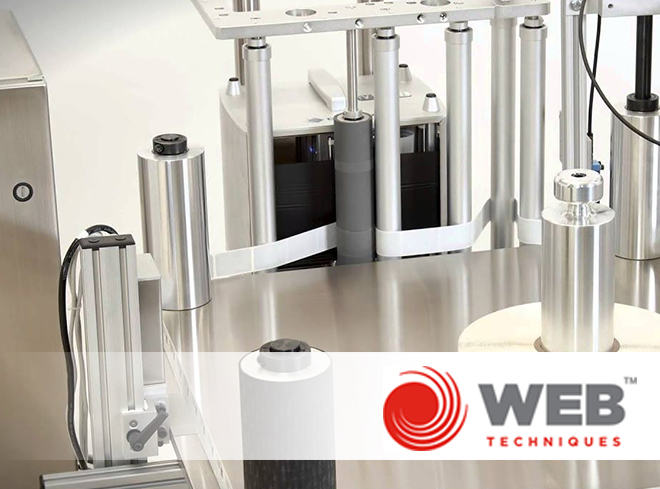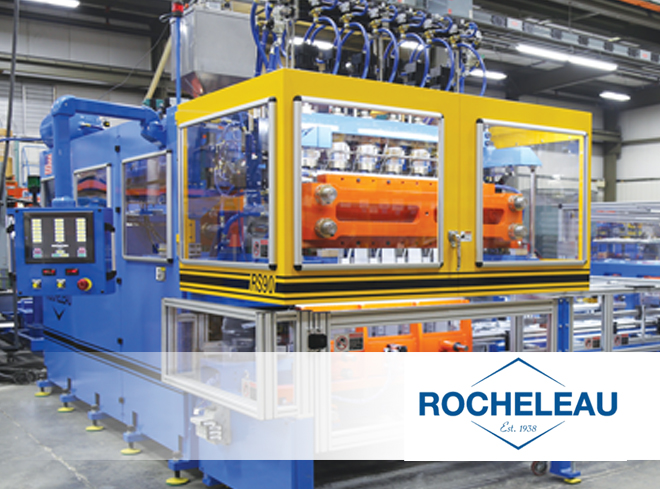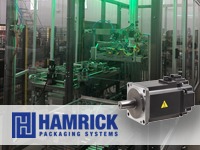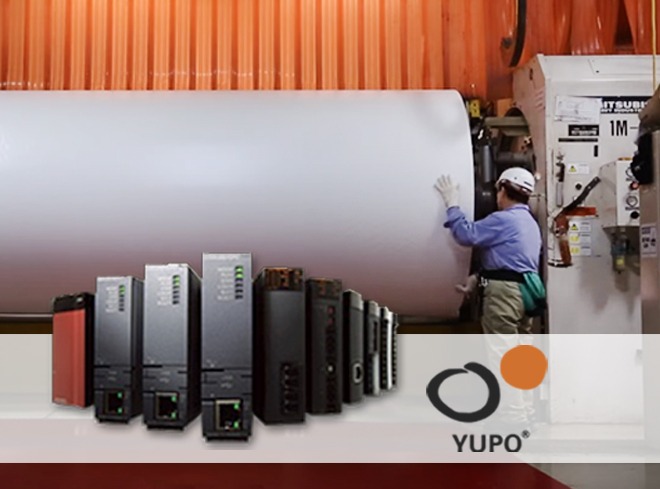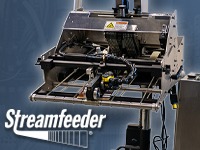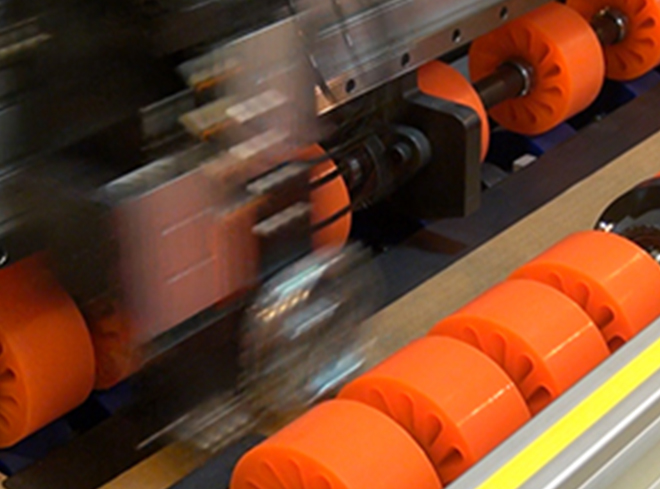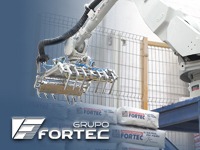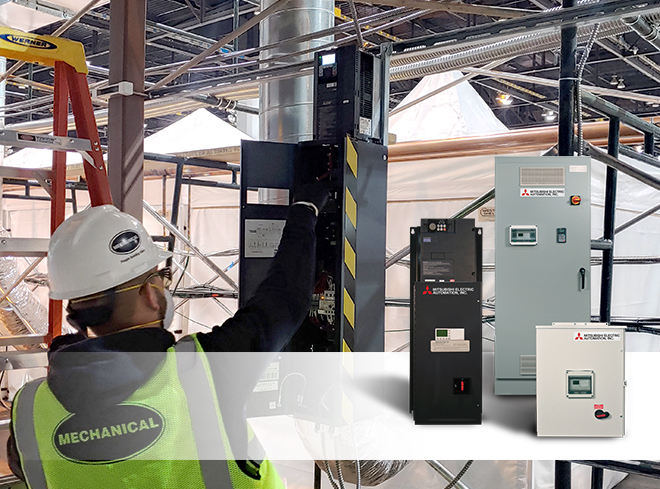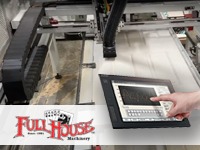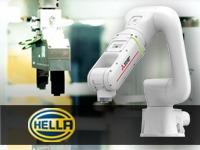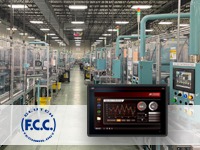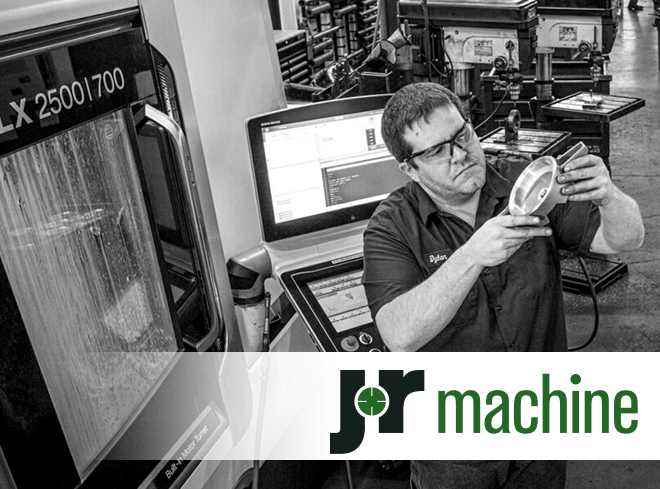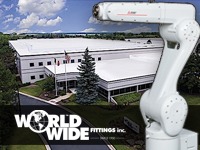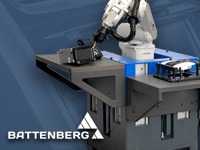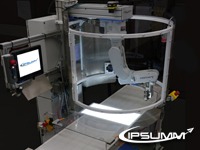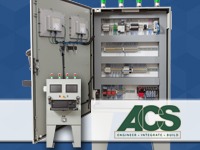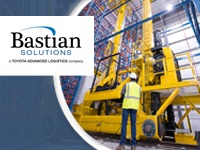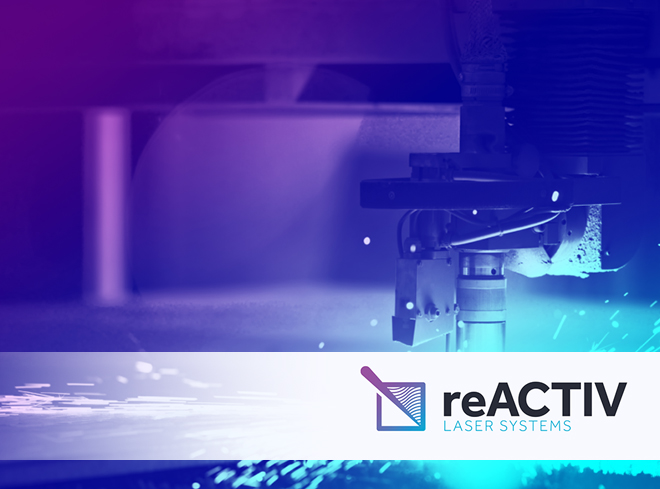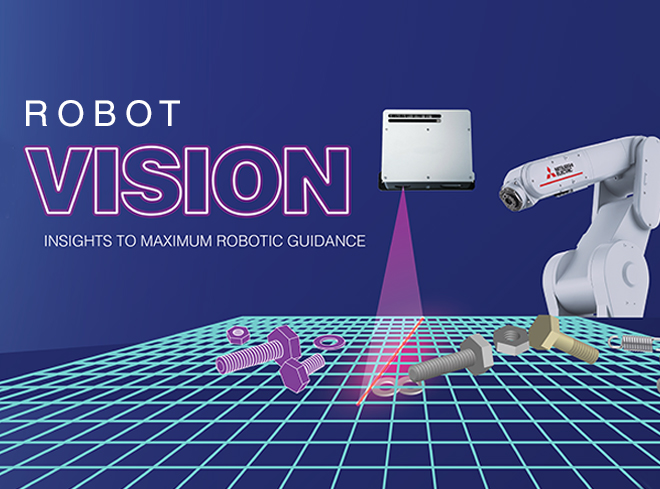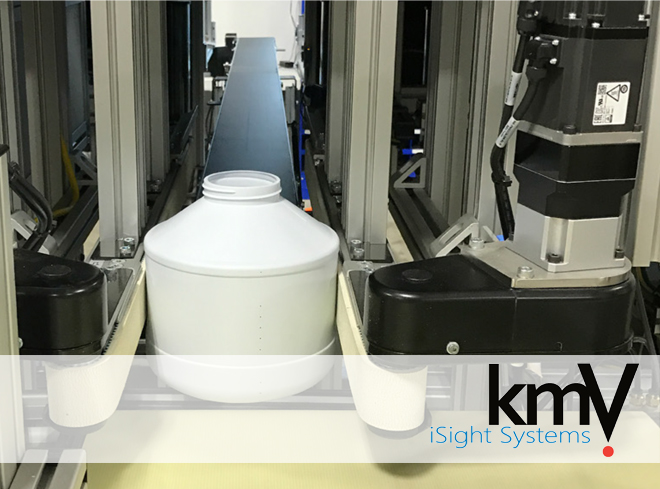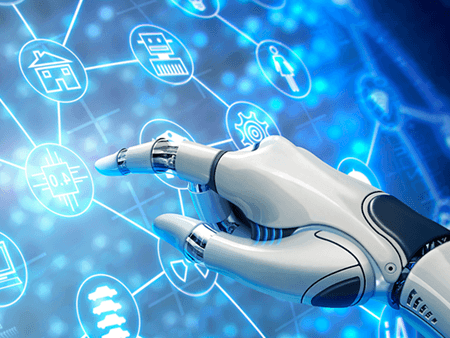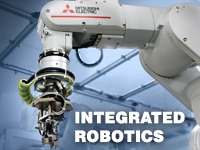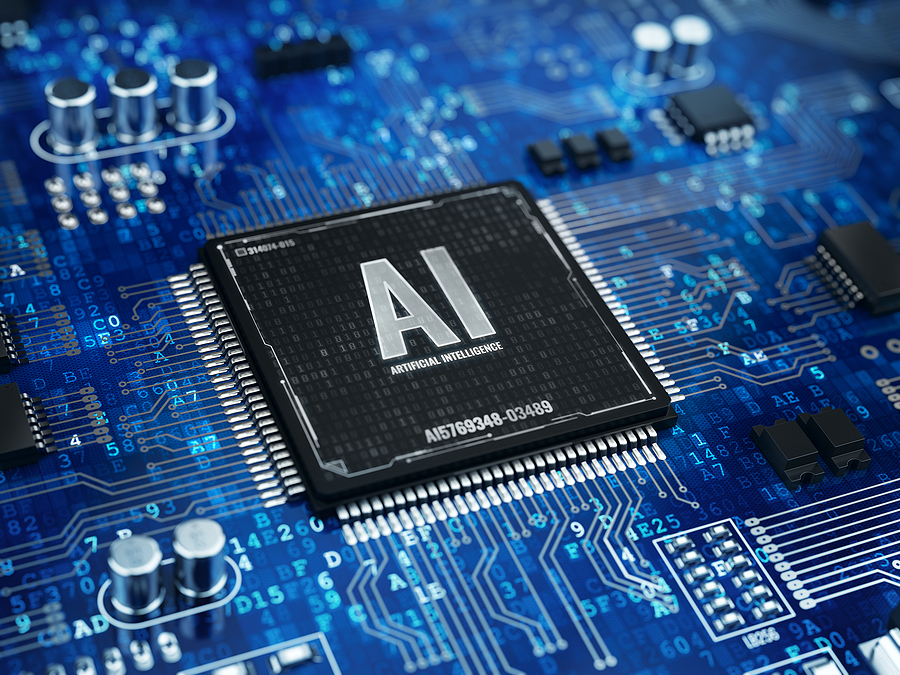
The U.S. has more than 145,800 production lines. Some of those are assembly lines where different parts or components that are produced are then put together to form an item. Each step of the assembly process is part of a whole.
For example, Dell makes computers, but it takes multiple parts to get to the full computer. You have the metal case, the motherboard, the different chips and drives, the battery, the fans, and then all of the software that has to be installed. Each of those steps is part of an assembly line.
Now, take the idea of how a computer is built and imagine the workers doing each of these steps by hand. It would take hours to build just one computer. Add the cost of labor with the different components and the price of that computer would skyrocket. People don’t want to pay thousands for one computer. That’s why so many assembly lines embrace automation. It’s a way to build things faster, with precision, and at an affordable price.
The Many Benefits of Automated Assembly Lines
When you automate your assembly line, you make it so much easier for your workers. Plus, you have happier customers. Here are the many benefits of automation.
Better Data
AI on an assembly line can track all kinds of data. With the information it gains, it can help predict where you can make additional adjustments or changes and have the most efficient, productive assembly line possible. It also helps track when things are starting to change, which can signify maintenance needs to be considered within a certain amount of time.
Enhanced Safety
Automated assembly lines are safer, too. When they’re doing some of the more intricate jobs or lifting heavy items, it’s safer for your employees. There’s less risk of a worker straining muscles trying to lift a heavier box of metal components. If you have automated pallet jacks or a forklift that uses lasers for steering and stopping, there’s less risk of a crash into other objects or workers.
Heightened Production
Automated assembly lines and robots work faster and at all hours. Production rates soar, but your workers aren’t being forced to work overtime and on weekends when they want to spend time with family members and friends. They’re no longer having to work at times or hours that are unappealing.
Higher Quality
AI and robotics help improve quality. They’re not going to make some of the same mistakes people make because they’re tired, feel sick, or suffer muscle strain that slows them down. The quality with an automated assembly line is less likely to run into product defects that lead to costly recalls or class action suits.
Less Waste
Precision is key in an automated assembly line. When things are done right the first time, you end up with less scrap and wasted materials. That helps you save money.
Lower Costs
Because there’s less waste and heightened quality, you’re not losing money to recalls and class action suits. That’s one way you save money.
Another way automation lowers costs is by running day and night. When you incorporate robotics into your production lines, you don’t have to have lights on for them to work. They don’t need the heat turned up as high in the winter. Your electricity and heating bills decrease as a result.
Valuable Employment Opportunities Arise
Finally, there are valuable opportunities for your employees to learn new things. To effectively learn AI and robotics, they benefit from learning how to use the software. That means your workers are trained in valuable topics like coding and programming.
Questions to Ask When You Play to Implement Automation
Moving your assembly lines to automation is a wise move, but it’s not the right move for everyone. Before you make a final decision, carefully consider each of the following questions.
What’s the Company’s Budget?
Automated systems are expensive. You need to be prepared for a high price tag, but you can’t let that keep you from considering it.
Before you make any decision, take time to run a complete evaluation of the return on investment or ROI. Suppose you have to spend $1 million to upgrade your assembly line with robotics. It seems extreme, and you’re struggling to justify that expense.
Stop and look at the production rates. If you’re shipping 5,000 more products per month and those items earn $100 each in revenues, that’s $500,000 in one month. Your ROI is going to quickly make up for what you spent.
How Complex Is the Production and Assembly Process?
Automated assembly isn’t the right fit for every business. While there is some range with robotics and AI, it’s not always going to work if you need high levels of customization or flexible operations.
For example, you need an assembly line that knows to paint Part A blue and Part B red. That’s fine. It might be harder for the machine to know that Part A is painted royal blue when it’s being shipped to California and aqua blue if it’s going to New York. Much of this comes down to coding, but the more complex it is, it might end up becoming more costly than is feasible.
How Do You Ensure Workers Don’t Worry About Job Loss?
With any improvements that bring in robotics, automation, and AI, your workers will feel that their jobs are at risk. If they’re top performers, assure them they don’t have to worry.
Few workers realize that automation, robotics, and AI are beneficial as it opens the door for them to get a free education in a valuable field. Blending their skill with the assembly job they do, they’ll learn things like coding and AI evaluation, which opens the door to higher-paying, high-demand jobs.
What Is the Future of Automated Assembly?
It might seem that automation can’t go farther than AI and robotics, but go back 20 years and people couldn’t imagine having better graphics on a gaming system either. Technology continues to amaze people.
One of the ways automated assembly lines are changing is that AI is making it easier than ever before to ensure quality is precise. With lasers getting measurements down to precision thicknesses or other dimensions, AI and robotics can replicate the same part with absolutely no variation in size. The same is true with assembly. Everything is tightened, formed, or shaped to the exact measures to ensure quality.
In addition, AI is continually gathering data to customize processes to be more efficient than ever before. When you’re doing things in half the time, energy costs decrease, but production rates are at the highest they’ve been.
Take the Step Towards Automation
There’s never been a better time to boost output, lower scrap rates, and meet production targets. With grants like the $28 million available for Future Manufacturing, every assembly plant should consider taking steps to become automated.
Explore the different automation solutions available for your assembly line. When efficiency and reduced waste are your goals, Mitsubishi Electric has the solutions you need. Embrace automation and AI as you fully automate your factory.
Work with Us and Succeed
We love our customers and the challenges they bring to us. We also like to let our customers shine by discussing how we worked together to solve their biggest challenges. If you have a challenge that needs to be solved and would like to be our next BIG success story, reach out to us and let’s connect!

